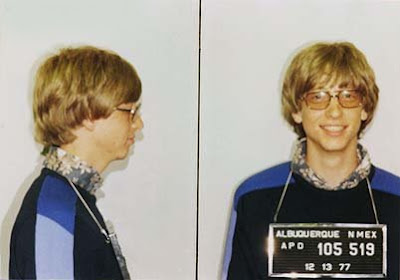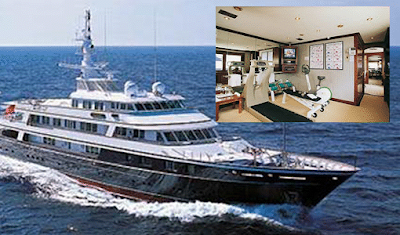Wednesday, April 28, 2010
Social Group
While self-definition - and self-defined belonging to groups - widely varies over time and situations for even the same individual, there are several indicators and features along which the researcher can build clusters of people.
Indeed, the atomistic idea according to which everyone feels to be dissimilar from anybody else is a realistic picture only of very extreme social conditions. Networks of people linked by communication and emotional lines are very common, while their collapse into monistic units of disconnected individuals is more the result of crashes in the social texture than the standard state.
This is very important for economics since, for instance, social groups are important for consumption as visible behaviour can become a standard with which to compare your owns. Peer groups are often the reference for choosing whether a certain good is a "must have", engendering an imitation dynamics.
In this vein, another name for "social group" is "market segment", seen from the point of view of a seller or a mass medium, to which a differentiated product can be addressed.
Social groups defined along income and non-income axes
A basic axis of social differentiation is personal income. A three-category distinction among the poor, the middle class and the rich, as the one we proposed here, can be too rough to capture all the intermediate nuances but still help characterize different societies.
The unit of analysis can be - but not need to be only - the individual. A second element should be kept into account when judging the individual's position: the size and composition of the household to which he or she belongs. Larger families pay less per-person for certain shared expenditure (like housing) and they can have more than one income-bearer. If not, a large family with only one income-bearer would be much poorer than a one-component family.
A third consideration is linked to the stability of income over time, with people having larger fluctuations in income belonging to different social groups than people reaching systematically and without renegotiation similar levels of income.
Another crucial axis of social differentiation is the ownership of assets. Families that own their home - having already paid back any financial instruments to buy it - can devote more money to active savings and consumption than families with the same level of income but that have to pay the rent. The ownership of durable goods is an important status element aiding different aspects of life. Financial assets (as Treasury bonds, shares, controlling majorities in firms,...) can constitute elements of common material interests for certain social groups.
Employment is an extremely important element in defining identities and common interests, common languages and values. Equally important are culture and levels of education.
Philippines Light Rail Transit Public Transportation
The Manila Light Rail Transit System (Filipino: Sistema ng Magaan na Riles Panlulan ng Maynila),[citation needed] popularly known as the LRT, is a metropolitan rail system serving the Metro Manila area in the Philippines. Its twenty-nine stations over 28.8 kilometers (17.9 mi) of mostly elevated track form two lines. LRT Line 1, also called the Yellow Line, opened in 1984 and travels a north–south route. LRT Line 2, the Purple Line, was completed in 2004 and runs east–west.
The LRT is operated by the Light Rail Transit Authority (LRTA), a government-owned and controlled corporation under the authority of the Department of Transportation and Communications (DOTC). Along with the Manila Metro Rail Transit System (MRT, also called the Blue Line), and the Philippine National Railways (PNR), the LRT is part of Metro Manila's rail transportation infrastructure known as the Strong Republic Transit System (SRTS)
Stations
 The People Power Revolution was a series of nonviolent and prayerful mass street demonstrations in the Philippines that occurred in 1986. It was the inspiration for subsequent non-violent demonstrations around the world including those that ended the communist dictatorships of Eastern Europe.
The People Power Revolution was a series of nonviolent and prayerful mass street demonstrations in the Philippines that occurred in 1986. It was the inspiration for subsequent non-violent demonstrations around the world including those that ended the communist dictatorships of Eastern Europe.

 In 1990, it was voted by the BMW Tropical Beach Handbook as one of the best beaches in the world
In 1990, it was voted by the BMW Tropical Beach Handbook as one of the best beaches in the world
 Barasoain Church (also known as Our Lady of Mt. Carmel Parish) is a Roman Catholic church built in 1630 in Malolos City, Bulacan.
Barasoain Church (also known as Our Lady of Mt. Carmel Parish) is a Roman Catholic church built in 1630 in Malolos City, Bulacan.
 Laguna de Bay (Filipino: Lawa ng Bay; English: Laguna de Bay is the largest lake in the Philippines and the third largest freshwater lake in Southeast Asia
Laguna de Bay (Filipino: Lawa ng Bay; English: Laguna de Bay is the largest lake in the Philippines and the third largest freshwater lake in Southeast Asia
 Malacañan Palace, is the official residence of the President of the Philippines.
Malacañan Palace, is the official residence of the President of the Philippines.















 >
>



















































